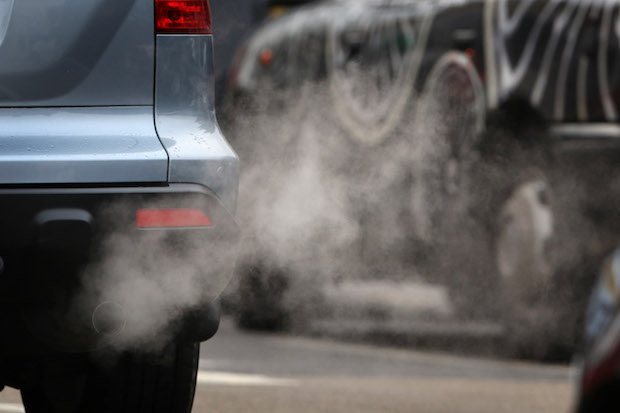The T-charge – short for Toxicity Charge – comes into force in central London today. It’s part of the London mayor, Sadiq Khan’s, plan to improve air quality in the capital, and it mainly applies to vehicles registered before 2006. Rather than banning ‘high polluting vehicles’, he hopes that the charges will discourage people from driving into central London.
The Green Party’s Jenny Jones today urged the London mayor Sadiq Khan to make sure that the revenues from the T-charge are used to improve public transport, and encourage people to opt for the bus or tube instead of their cars. But in reality, that’s not going to happen. Why? Khan confirmed today that far from making money, the scheme will cost the taxpayer £7 million per year.
‘We don’t make a profit from the T-charge – it’s costing us. So the T-charge will cost us money but I think that’s a price worth paying to improve the quality of our air… the T-charge will cost us, roughly speaking, £7m a year.’
The T-charge will, however, only be in place for two years; as of April 2019, it will be replaced by the ULEZ (Ultra Low Emission Zone), which includes tougher regulations and will operate all day, every day. The T-charge, on the other hand, only applies from 7am-6pm, Monday to Friday. And while the T-charge is costing the taxpayer, Khan has stated that the ULEZ will bring in revenues – revenues that he has promised will be ‘ring-fenced to improve the quality of air’.
It already costs £11.50 to drive in much of central London, due to the congestion charge. The T-charge operates in exactly the same area, meaning that people with vehicles that don’t meet with TFL’s minimum emissions standard will be charged £21.50, per day, if they want, or need, to drive into the zone. The fine for not paying the charge will be £130 – so there is the potential for some pretty hefty costs to be incurred. And you can check if your car meets the emissions standards on the TFL website, here.
I don’t think anyone would argue that they’d like the air quality in London to be worse. But is this latest charge the best way of improving the situation? It’s likely that many of the people affected by the charge – workmen with older vehicles, for example, or haulage drivers – will simply transfer the charge onto their clients, rather than buy a new car. And, as Ross Clark points out over on Coffee House, it’s debatable whether the emissions from newer cars are actually any improvement on those that are being hit by the T-charge.







Comments